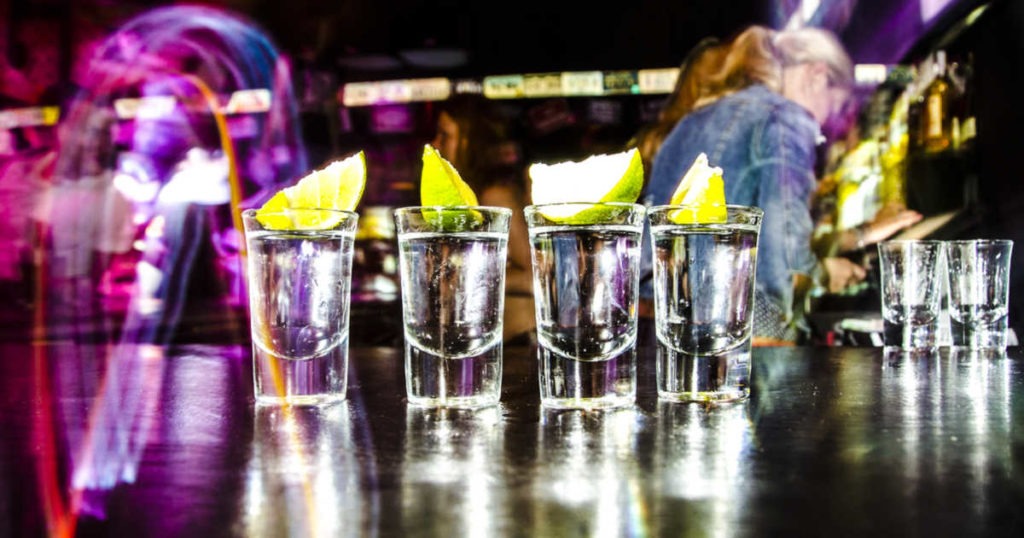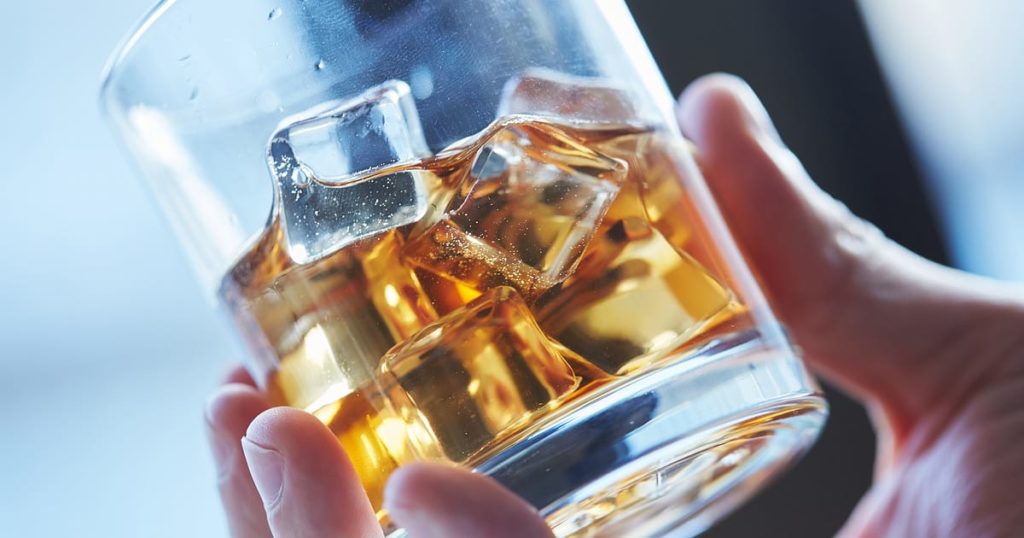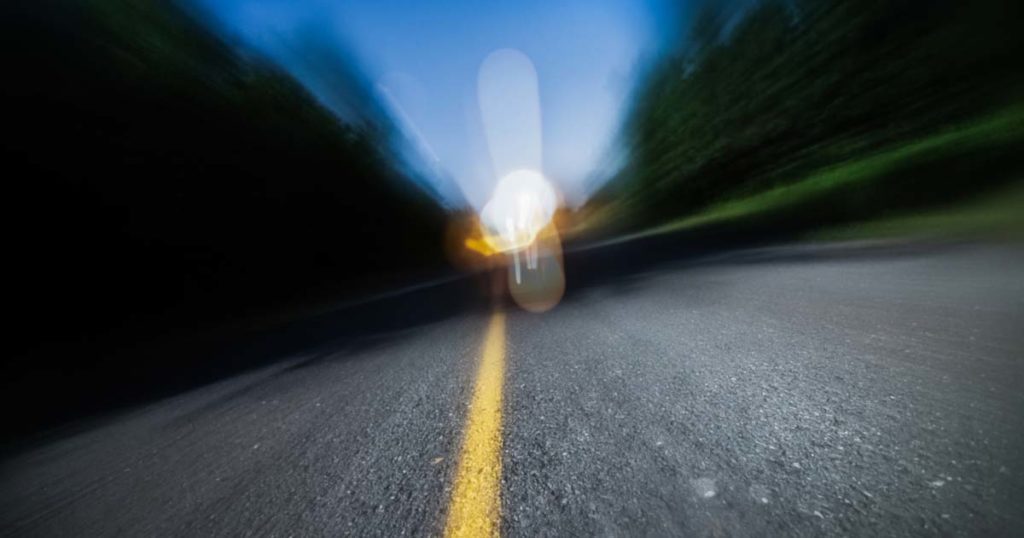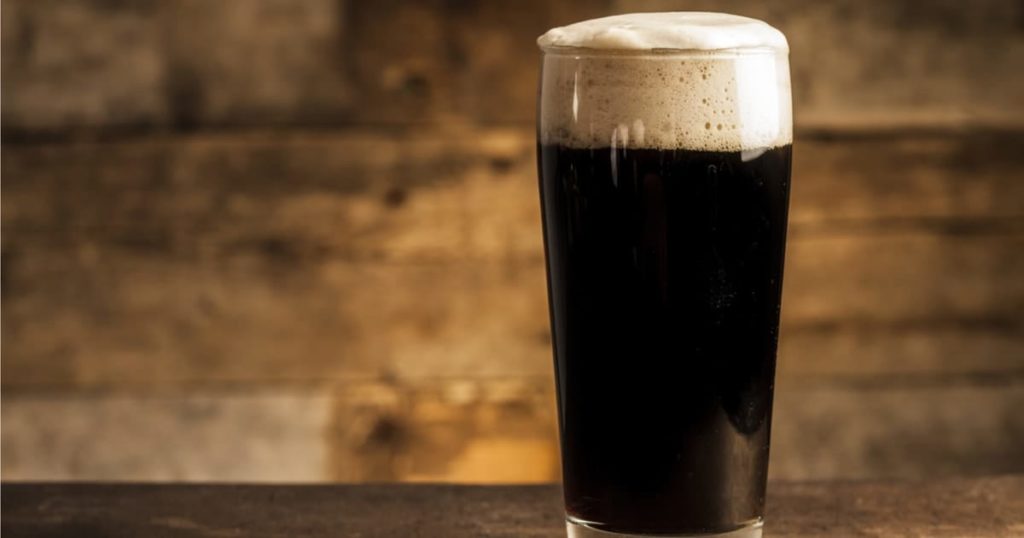Texas may account for around 8% of the US population, but nearly 15% of all drunk driving-related deaths happened in the Lone Star State in the year 2014. When looking at DUI statistics by state, it becomes even more evident that something strange is happening in Texas. Let’s not only take a look at the DUI statistics by state, but let’s more closely examine what happened in Texas’ biggest cities for the year 2015. Cities are listed according to their 2015 populations.
- Houston (Harris County): A total of 1,456 DUI crashes resulting in 74 fatalities.
- San Antonio (Bexar County): A total of 2,028 DUI crashes resulting in 56 fatalities.
- Dallas (Dallas County): A total of 1,251 DUI crashes resulting in 50 fatalities.
- Austin (Travis County): A total of 1,354 DUI crashes resulting in 33 fatalities.
- Fort Worth (Tarrant County): A total of 638 DUI crashes resulting in 21 fatalities.
- El Paso (El Paso County): A total of 803 DUI crashes resulting in 20 fatalities.
- Arlington (Tarrant County): A total of 435 DUI crashes resulting in 10 fatalities.
- Corpus Christi (Nueces County): A total of 187 DUI crashes resulting in 7 fatalities.
- Plano (Collin County): A total of 274 DUI crashes resulting in 3 fatalities.
- Laredo (Webb County): A total of 129 DUI crashes resulting in 2 fatalities.
San Antonio has the dubious distinction of being the city in Texas with the most DUI crashes. Drinking and driving is dangerous not only to the driver, but to passengers and other people on the road, including pedestrians, cyclists and other drivers. Education is an important part of reducing DUIs, but despite campaigns aimed at lowering DUI crashes, the statistics in Texas remain high. Law enforcement officers continue to run sobriety checkpoints in Texas, which is believed to reduce DUI crashes by 9%. A law also passed in 2015 that allows ignition interlocks to be installed in the vehicles of people with DUI convictions. These interlocks prevent the car from being operated by drivers with a blood alcohol content over a safe limit. It is estimated that interlocks reduce re-arrest rates for DUI by 70%. Taxi services like Uber are also useful for those wishing for safer alternatives to driving themselves home while intoxicated. Look after yourself by assigning a designated driver and giving that person your keys, and look after others by preventing anyone from getting behind the wheel after drinking. Don’t be part of the next round of DUI statistics by state. Sources https://www.cdc.gov/motorvehiclesafety/impaired_driving/impaired-drv_factsheet.html https://ftp.dot.state.tx.us/pub/txdot-info/trf/crash_statistics/2015/40.pdf






